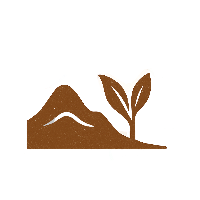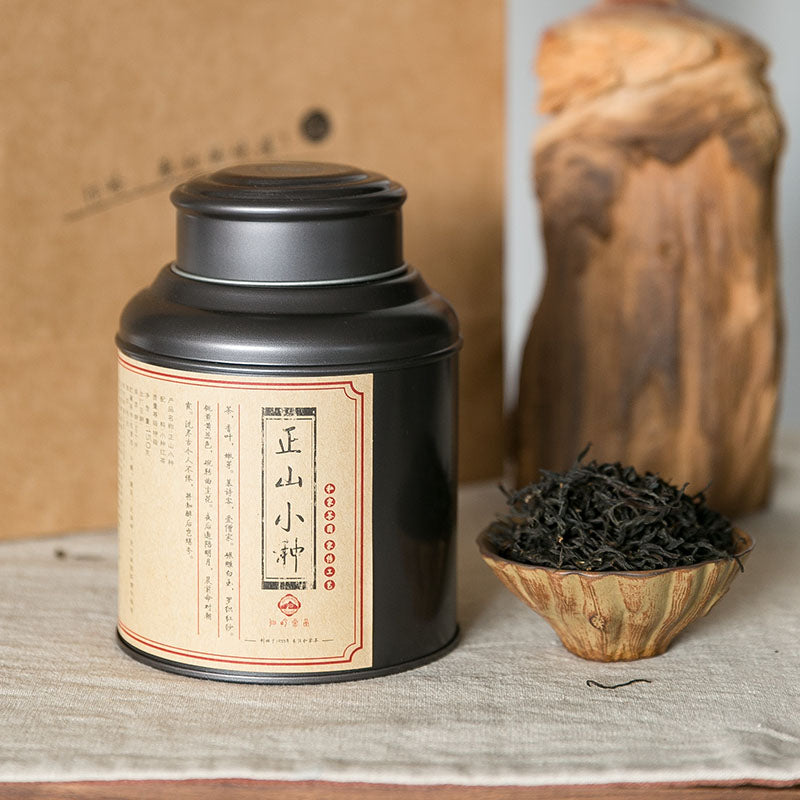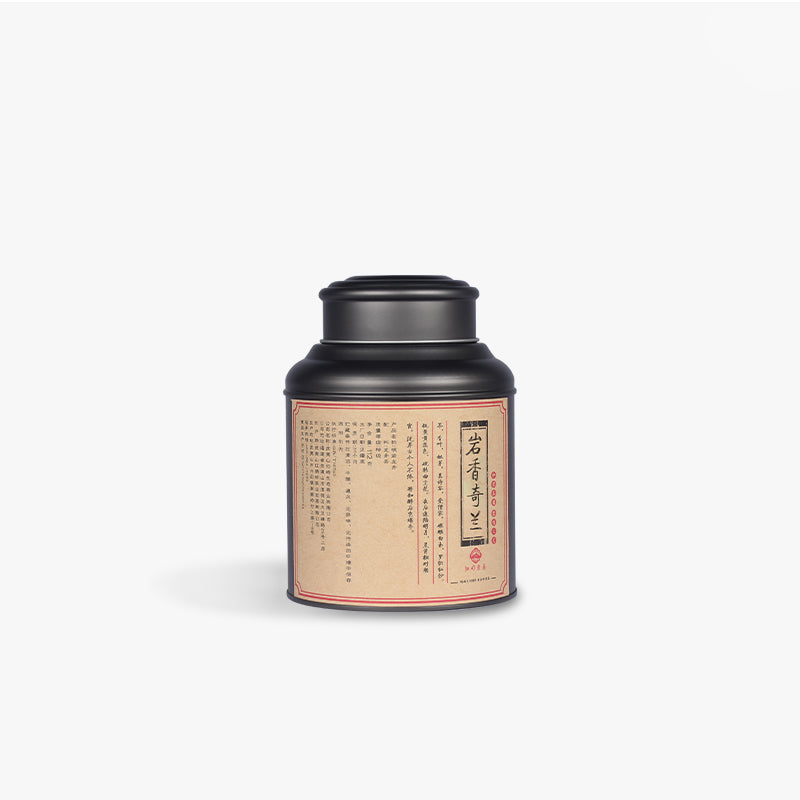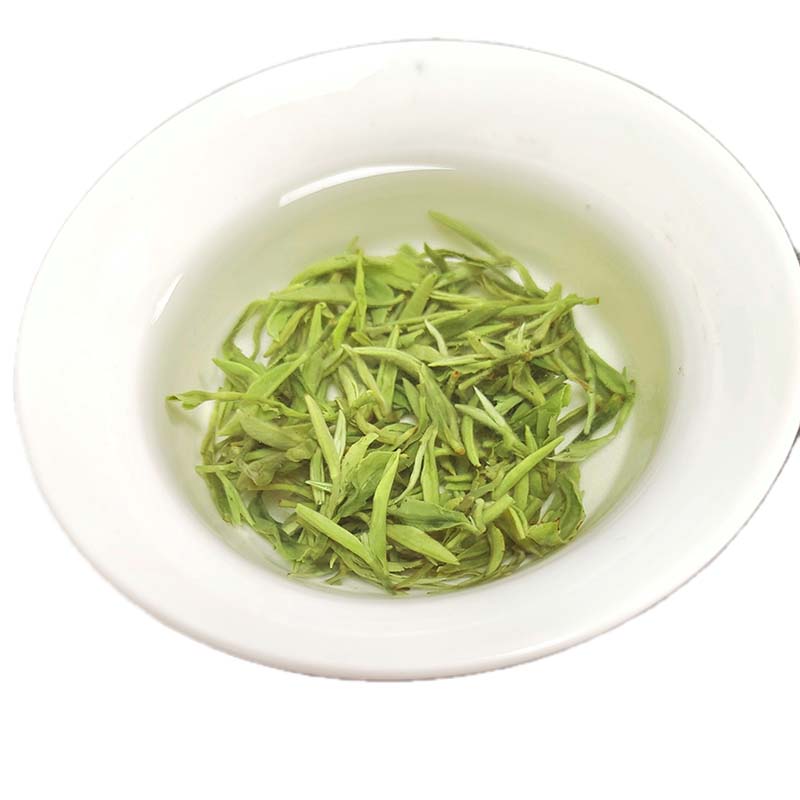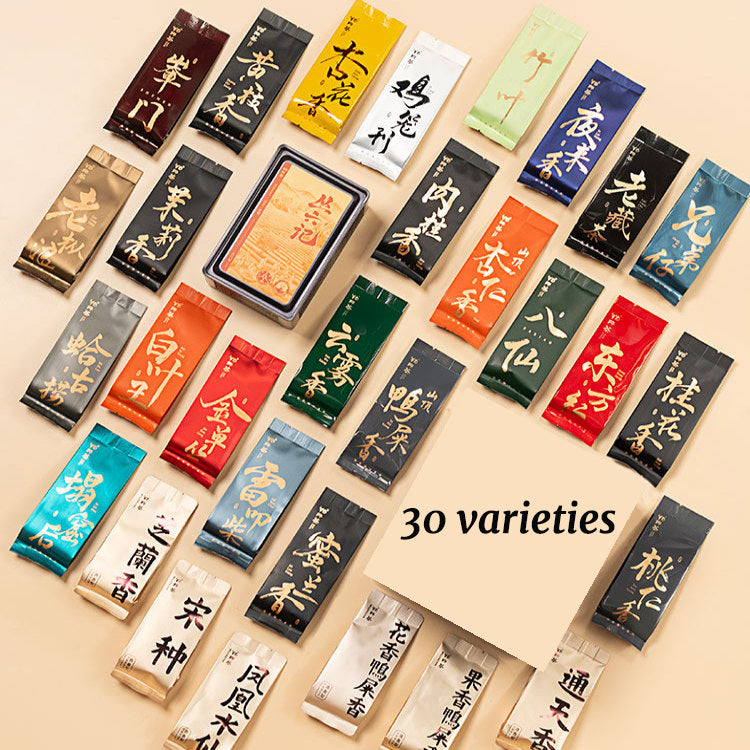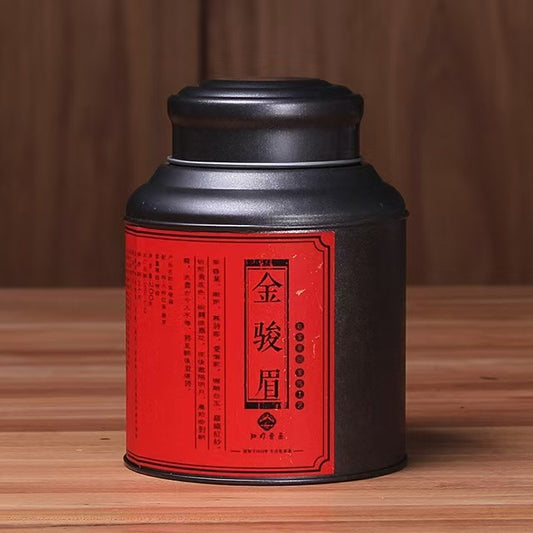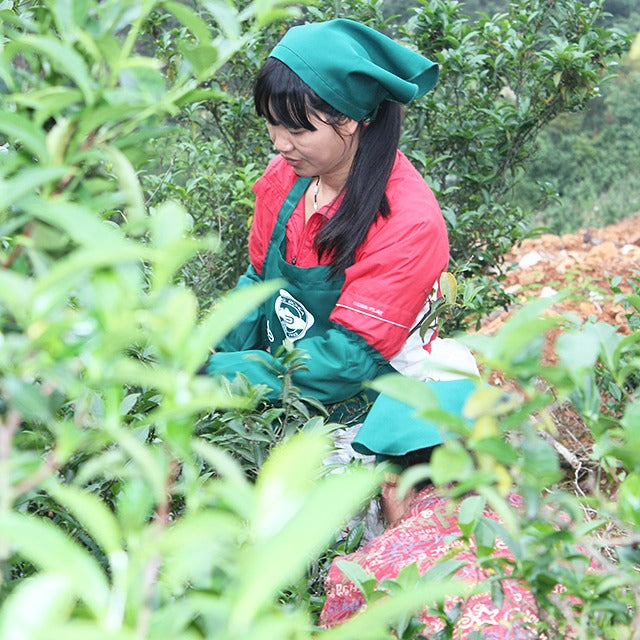Tea Calligraphy
Tea Calligraphy
The art of calligraphy, with its elegant strokes and rhythmic flow, shares an unexpected kinship with the world of tea. Both are deeply revered in cultures that prize harmony, patience, and the pursuit of understated beauty. If you’ve ever enjoyed a cup of tea while marveling at a hand-brushed scroll, you may have sensed this connection. Tea calligraphy, then, becomes a celebration of these twin arts, offering a unique insight into the soul of East Asian traditions.
Tea calligraphy isn't simply about writing words related to tea. It’s an expression of the tea drinker's inner world, captured through the brush's dance across paper or silk. This practice can be traced back to Tang Dynasty China, where esteemed poets and scholars would gather around a pot of tea, discussing philosophy while ink elegantly flowed from their brushes. In those moments, the act of drinking tea and creating calligraphy were not separate. They were two sides of the same coin—or perhaps, two leaves from the same tea plant.
There’s something meditative about preparing tea and practicing calligraphy. Imagine brewing a fine Tieguanyin oolong, observing the leaves unfurl in your cup. The water dances with the aroma of orchids, and you feel the warmth seep into your fingertips. It’s a quiet ritual that invites reflection. Similarly, calligraphy demands stillness and focus. Each brushstroke echoes the careful steps of preparing a perfect brew, and with every completed character, there’s a harmony akin to a well-steeped infusion.
In Japan, the synergy between tea and calligraphy is perhaps best exemplified by the tea ceremony, or 'chanoyu'. The tea room often features minimalist tokonoma alcoves displaying scrolls with a single character or poem, chosen to resonate with the tea gathering's mood. This interplay of text and tea enriches the experience, opening a dialogue between the written word and the sensory symphony of tea tasting.
In personal practice, one might combine these two arts as a form of active meditation. As you take the brush to paper, the practice asks you to internalize the fluidity and balance that both tea and calligraphy embody. The beauty is not in perfection—it's in the intent and discipline, akin to selecting a treasured Yunnan black tea for quiet reflection after a hectic day.
So next time you brew a pot of tea, consider sitting down with paper and a brush. Allow the aroma and warmth of the tea to inspire your writing. In those moments, you may find yourself entering a space where the boundaries between art forms blur, creating a serene oasis of creativity and contemplation. It might just be the perfect blend of tea and tranquility.
